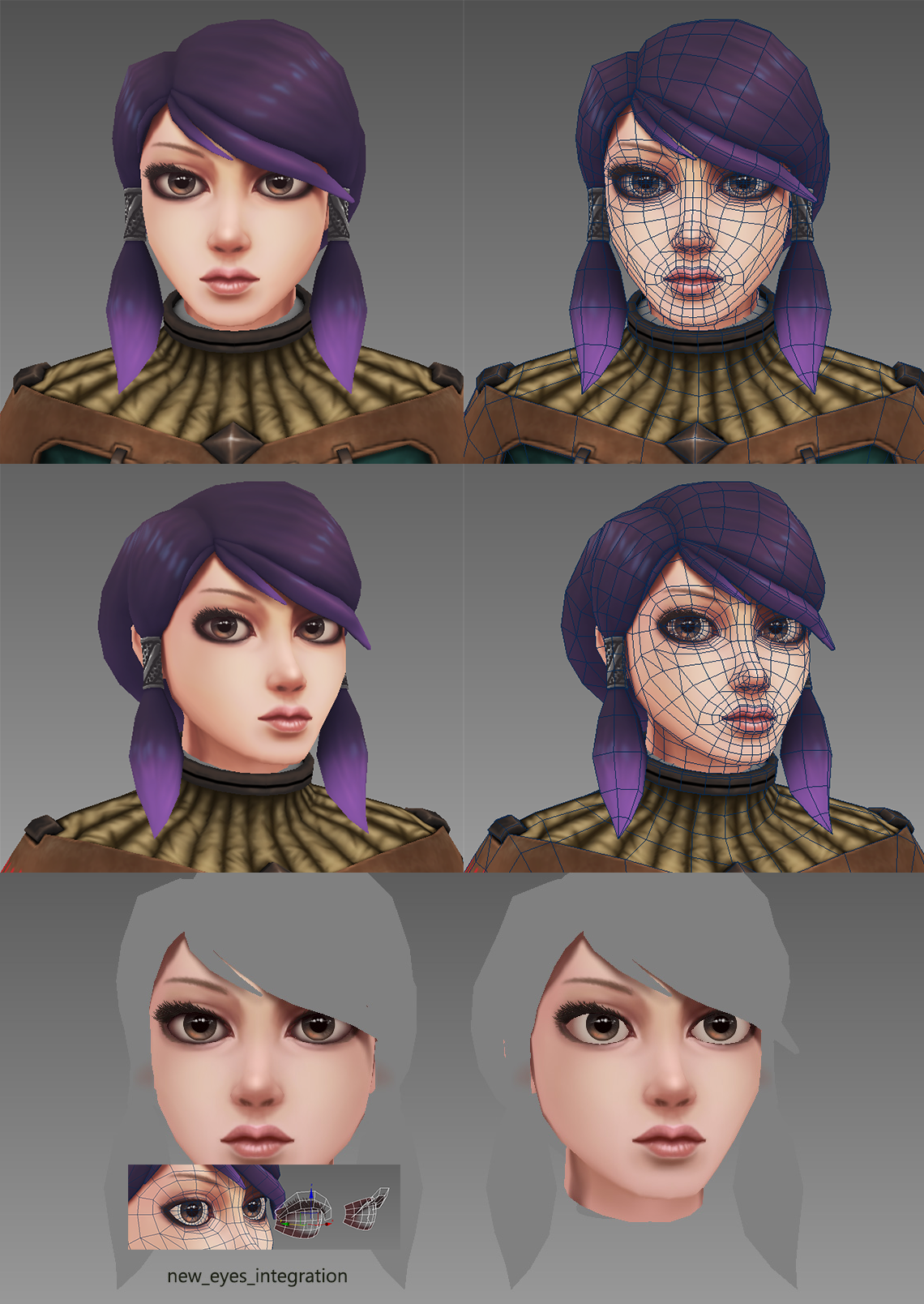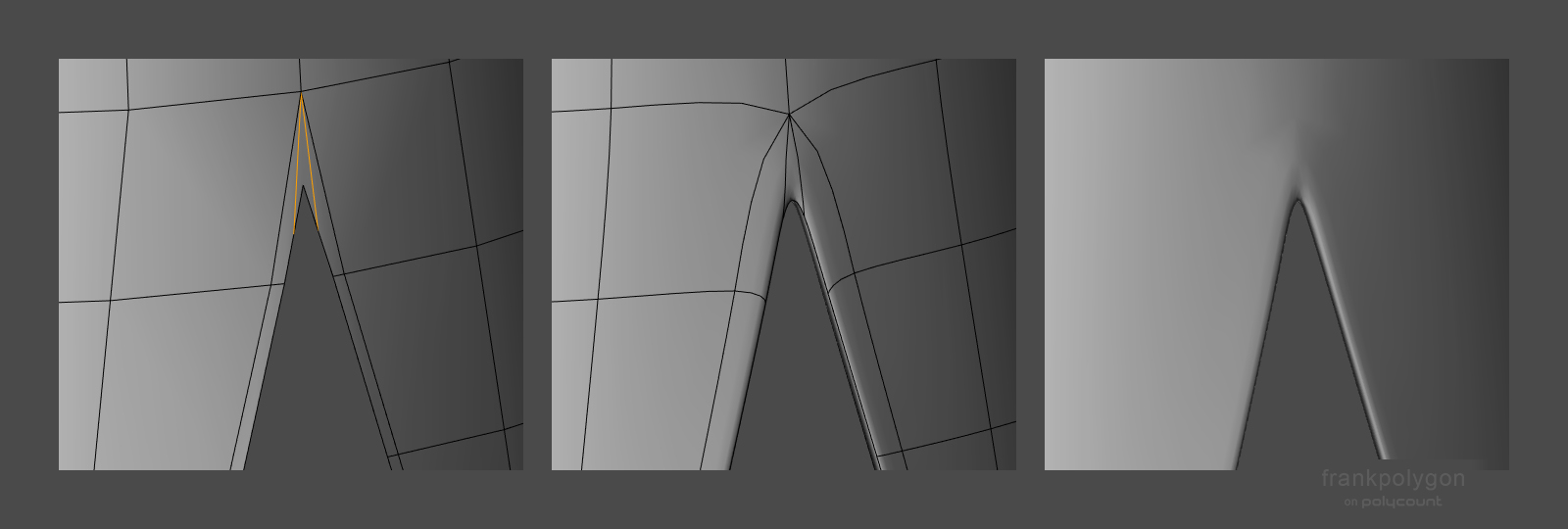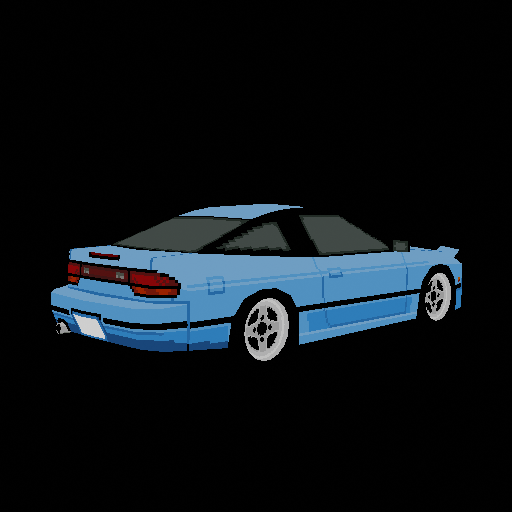It starts May 12, and ends Oct 17. Let's see what you got!
https://polycount.com/discussion/237047/the-brawl²-tournament
Best Of
Re: [UE5] Lost Between Worlds
Thanks for the critique! I agree the scale and softness is very important here and I'm trying to pay attention to it all the time. But also from gathering references I've noticed it really varies because there are many miniature scales, materials they are made from and the overall amount of details. There indeed are some toy trains that look very smooth like this one:teodar23 said:Looks great but its not very convincing that these are small objects. What would really sell this idea is for the edges to be less sharp and small shapes to be thicker. If you look at most plastic toys, especially older ones, the smaller the toy the bulkier and "softer" it is. This is for 2 reasons: lack of precision in tooling and usually you dont want kids playing with really small parts that can break off. Your model looks more like a highly detailed large scale plastic kit.
Another thing that would help sell the micro-ness of it is the paint thickness. Smaller the object, thicker the paint basically.
But overall great screne, really looks like a diorama.

But also there is stuff like these, which is what I was going for. Some of them have even sharper edges, with more precise details:


I'll definitely continue paying attention to that as it can be a bit tricky when references have different scales.
 Sven_M
Sven_M
Re: The Bi-Monthly Environment Art Challenge | January - February (76)
Here are my submission for the month. I'm glad with how it turned out, and here are some major changes I'd incorporate going forward
- Define the parameter of challenge, whether it's for film/games. Low/high poly model
- Research and revise design to make it more functional if necessary, such as the front wheel in this case and the mechanism that holds the cart level with uneven front and back wheel
- Tried more variations of the rope, specifically three cylinder before warping and merging the central parts of the rope before twisting. in addition to setting wrap patch as to not leave space in render or conflict with geometry. And how knots are tied so its' not cheated
- Render in Substance Painter created faire dust pixels that shouldn't be there
- Adding imperfections to the wood, bagel/bread wheel and the spoke.
While I will move onto the next month challenges, I'd appreciate any feedback on parts to fix and look out for in the future. Thanks for reading
 FissionMailed
FissionMailed
Re: How do I find the topological solution for sculpt-smoothing into a triangle shape?
That inside corner will need additional support loops to remain sharp. The width of these loops should be similar to the width of the other perimeter support loops. There's a few different ways to approach the topology layout. As long as everything smooth properly, it's possible to use triangles and n-gons to connect the corner support edges to the rest of the geometry. Since this mesh will be used as a base mesh for sculpting it probably makes sense to try and keep everything on a quad grid.
Here's a couple examples of all quad topology layouts that provide additional support for the inside corner. The first example uses a bit more geometry and since the peak of the cut out lands between the segments the topology is compatible with back to front mirror modifier.
The second example uses a bit less geometry but, since there's a quad connecting the edges around the peak, it won't work with a back to front mirror modifier. Both of these topology topology layouts would probably have to be created before sculpting on the base mesh.
Re: Warhammer : Gotrek Gurnisson sculpt ( miniature )





Cheers!
 Edgar T
Edgar T
Re: What Are You Working On? (3D) 2022
Finished this art test late 2020 for thatgamecompany in Unreal. Got me onto the interviews.
I feel really good about this. Really pushed me to scramble and cobble together tech art solutions to get this all into one nice diorama.
And yes, those birds are ALL flapping at the same time. I didn't notice cuz I am terrible at QA.
Re: LOW-POLY ART

Inspired by this artist' image: http://www.pixiv.net/member_illust.php?mode=medium&illust_id=55501104
Re: LOW-POLY ART










